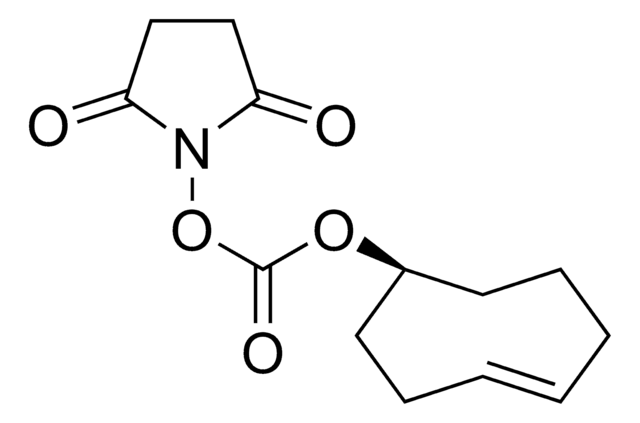761532
Dibenzocyclooctyne-S-S-N-hydroxysuccinimidyl ester
for Copper-free Click Chemistry
Synonym(s):
DBCO-S-S-NHS ester, DBCO-S-S-SE, DBCO-S-S-succinimidyl ester
About This Item
Recommended Products
form
solid
reaction suitability
reaction type: click chemistry
reagent type: cross-linking reagent
mp
192-197 °C
storage temp.
−20°C
SMILES string
O=C(CCC(NCCSSCCC(ON(C(CC1)=O)C1=O)=O)=O)N2CC3=C(C=CC=C3)C#CC4=C2C=CC=C4
InChI
1S/C28H27N3O6S2/c32-24(29-16-18-39-38-17-15-28(36)37-31-26(34)13-14-27(31)35)11-12-25(33)30-19-22-7-2-1-5-20(22)9-10-21-6-3-4-8-23(21)30/h1-8H,11-19H2,(H,29,32)
InChI key
RPNGUSKTYYIUDE-UHFFFAOYSA-N
Application
Caution: Please avoid reducing agents and amine or azide containing buffers during coupling/labeling reactions. Only use reducing agents when cleavage of the disulfide is desired.
Storage Class Code
11 - Combustible Solids
WGK
WGK 3
Flash Point(F)
Not applicable
Flash Point(C)
Not applicable
Choose from one of the most recent versions:
Certificates of Analysis (COA)
Don't see the Right Version?
If you require a particular version, you can look up a specific certificate by the Lot or Batch number.
Already Own This Product?
Find documentation for the products that you have recently purchased in the Document Library.
Articles
Copper-free click chemistry is an alternative approach to click chemistry that proceeds at a lower activation barrier and is free of cytotoxic transition metal catalysts.
Our team of scientists has experience in all areas of research including Life Science, Material Science, Chemical Synthesis, Chromatography, Analytical and many others.
Contact Technical Service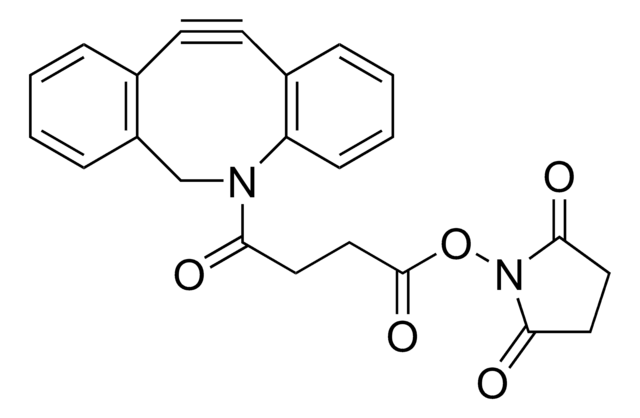
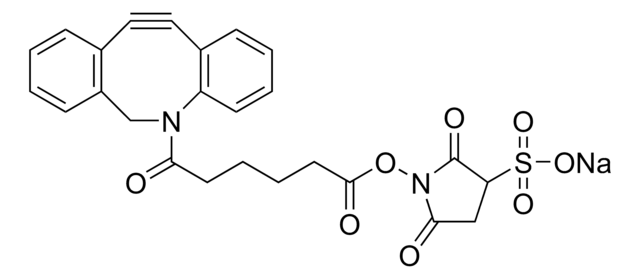
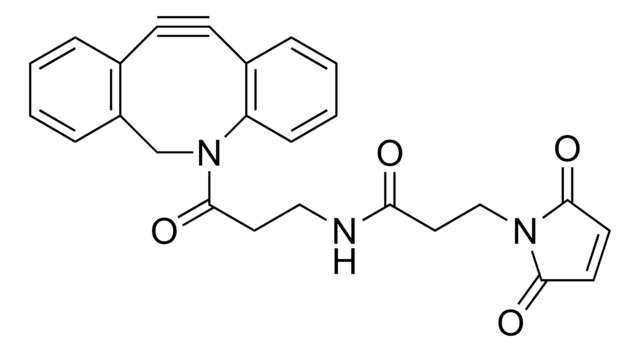
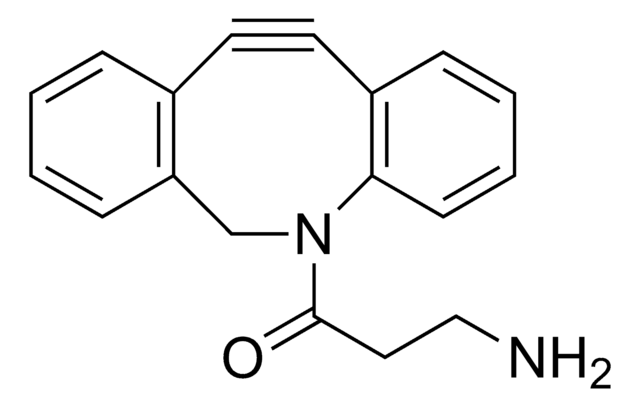
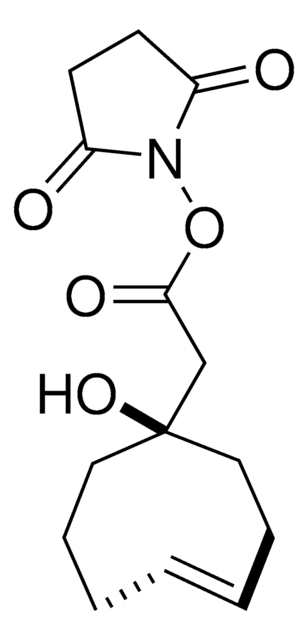

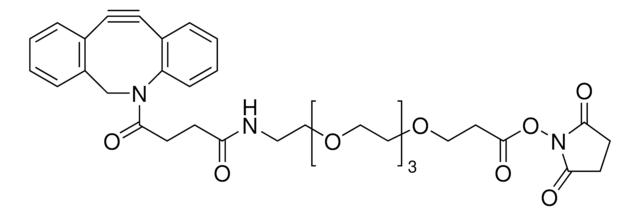

![(1R,8S,9s)-Bicyclo[6.1.0]non-4-yn-9-ylmethyl N-succinimidyl carbonate for Copper-free Click Chemistry](/deepweb/assets/sigmaaldrich/product/structures/969/022/d6776082-2f7a-47c7-bcd4-3830dac0fb7d/640/d6776082-2f7a-47c7-bcd4-3830dac0fb7d.png)
